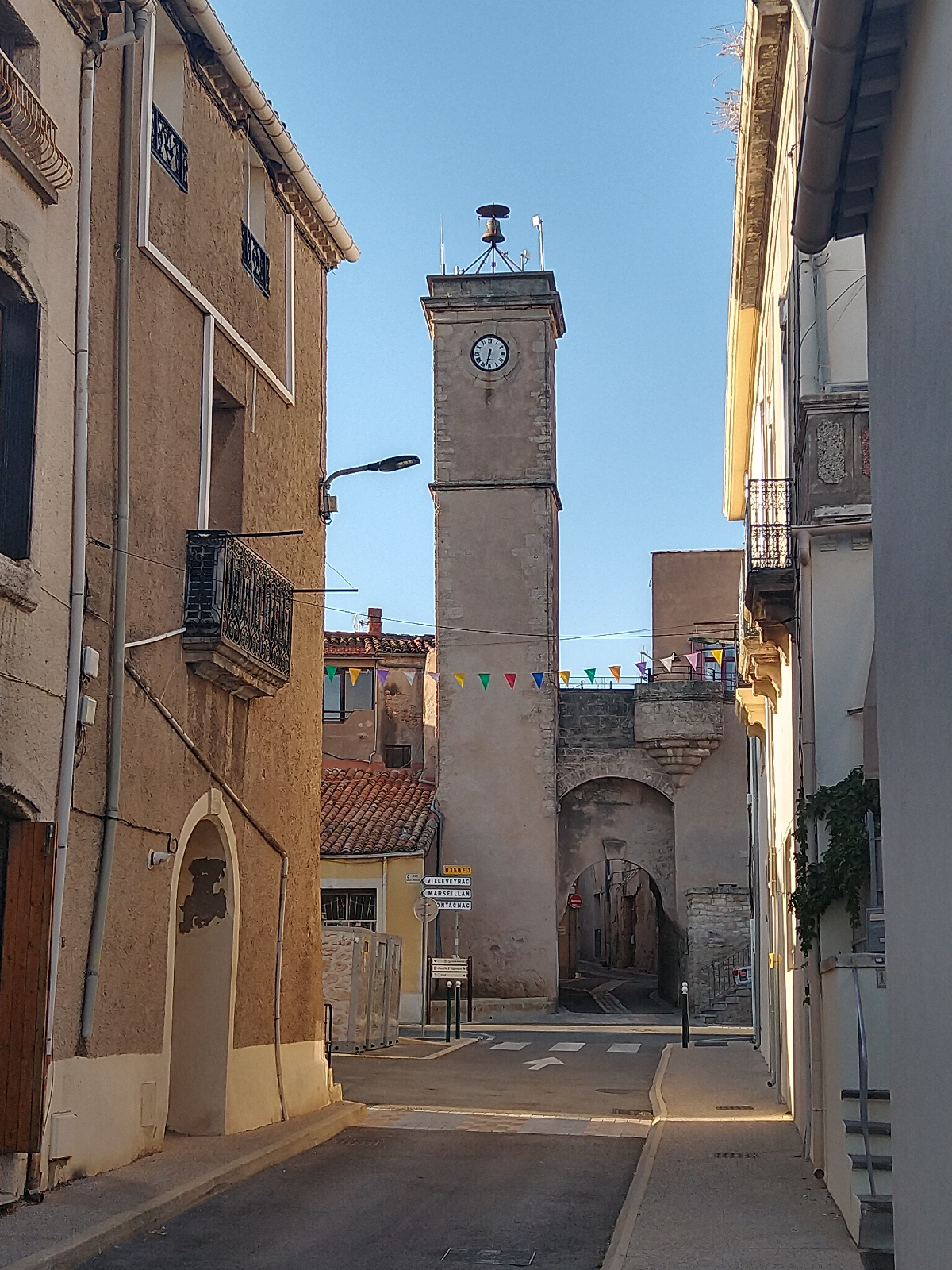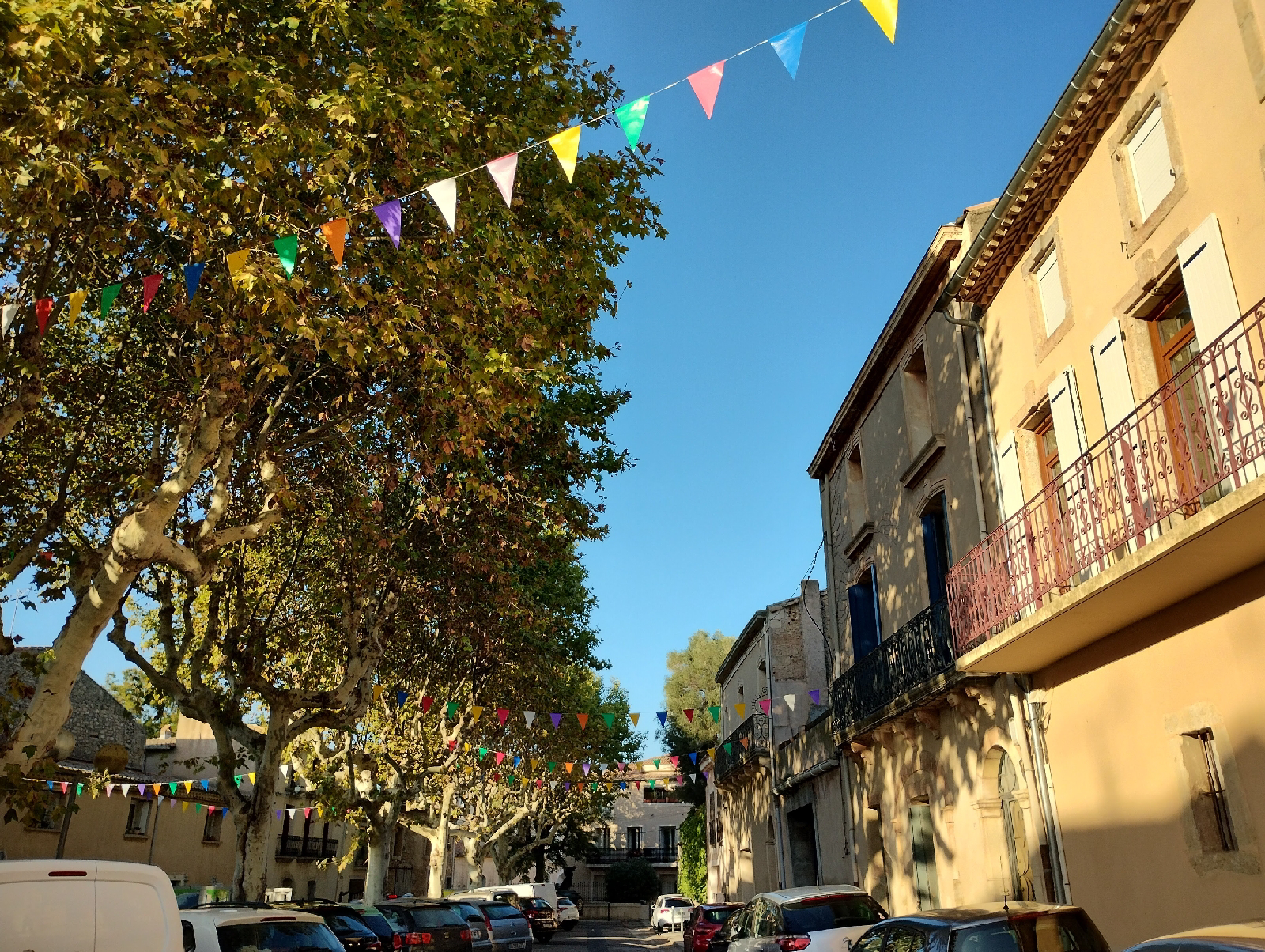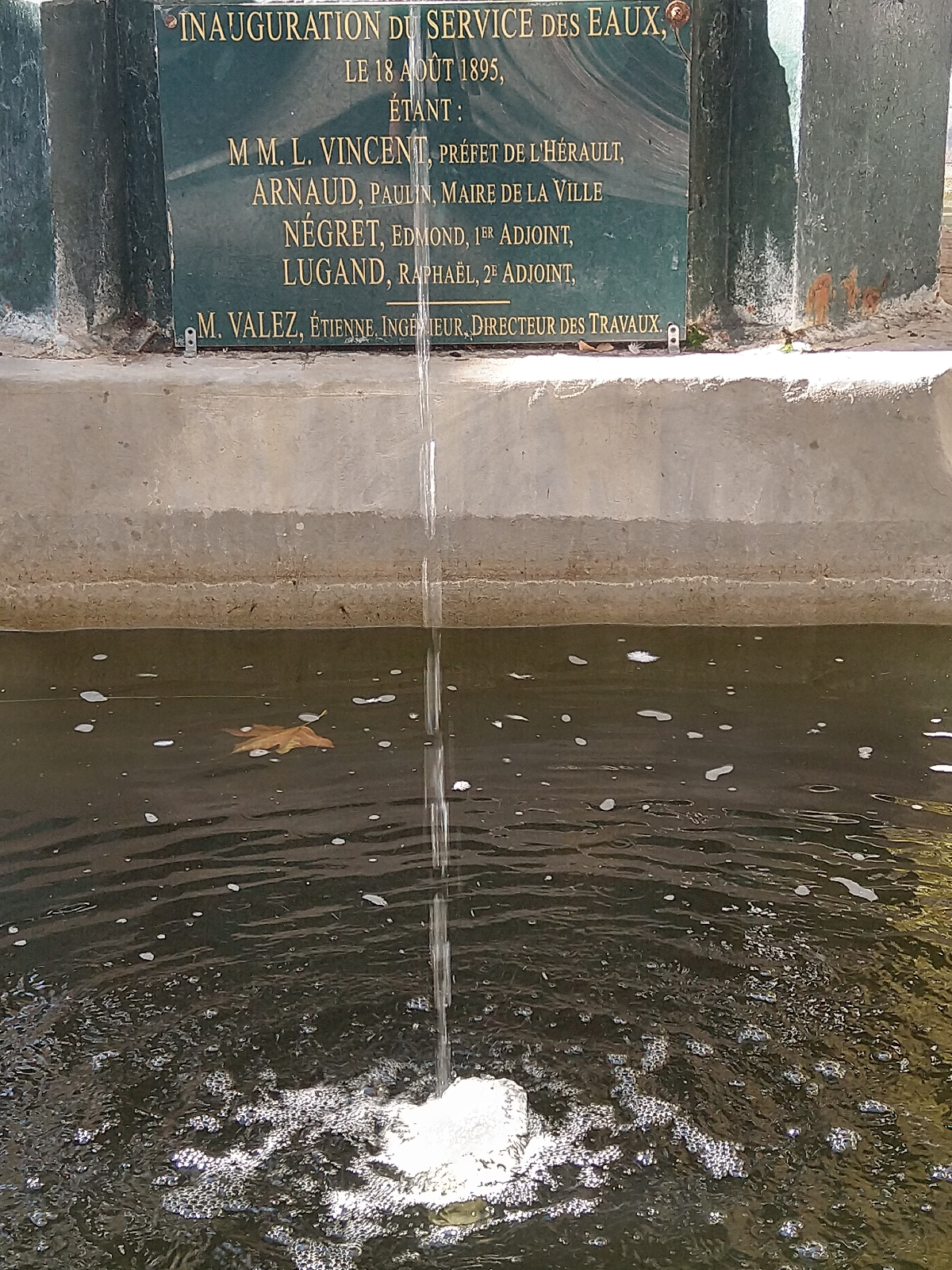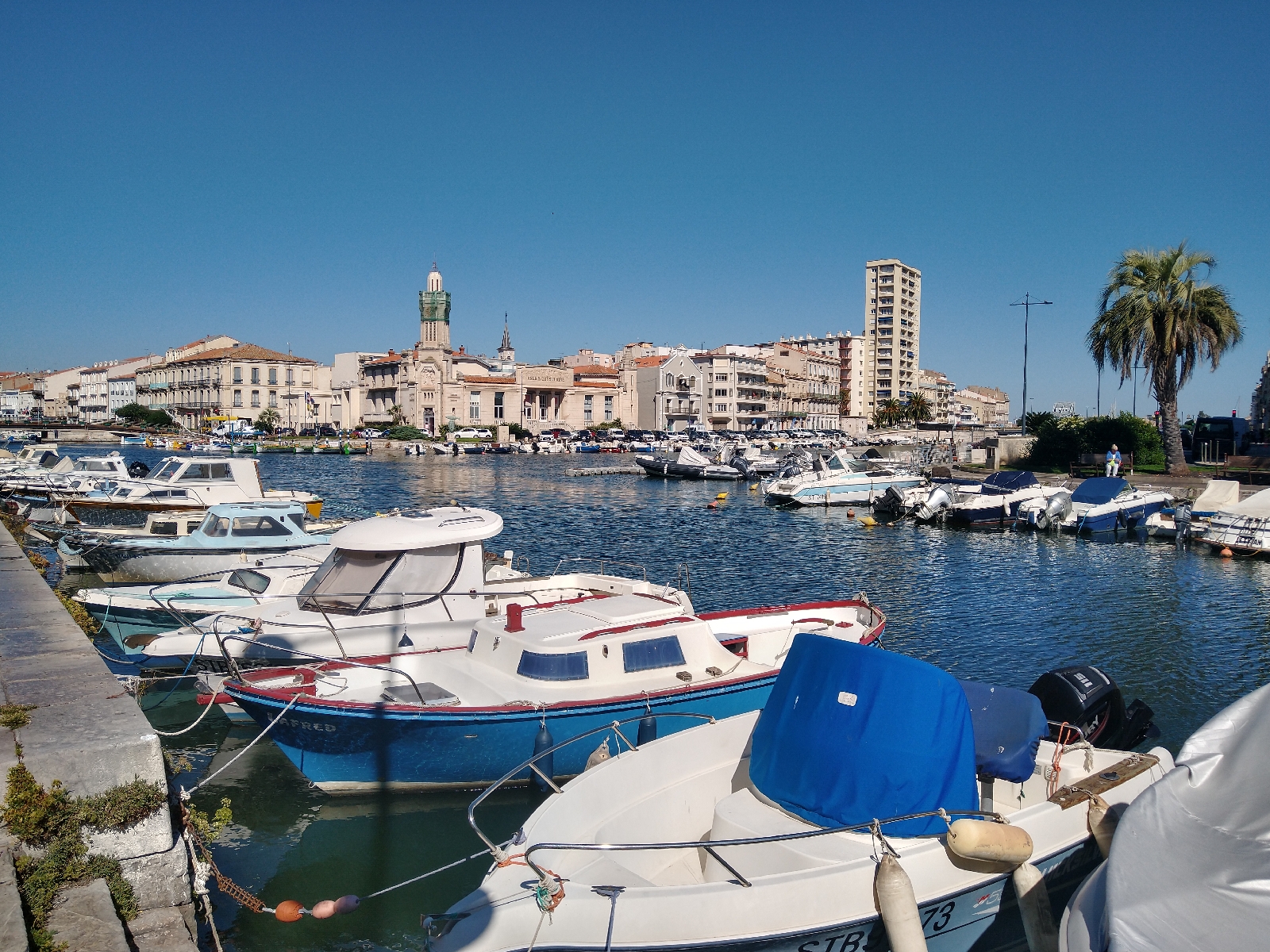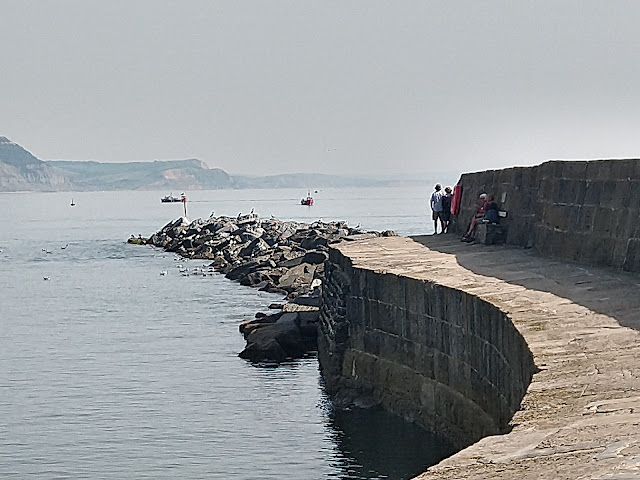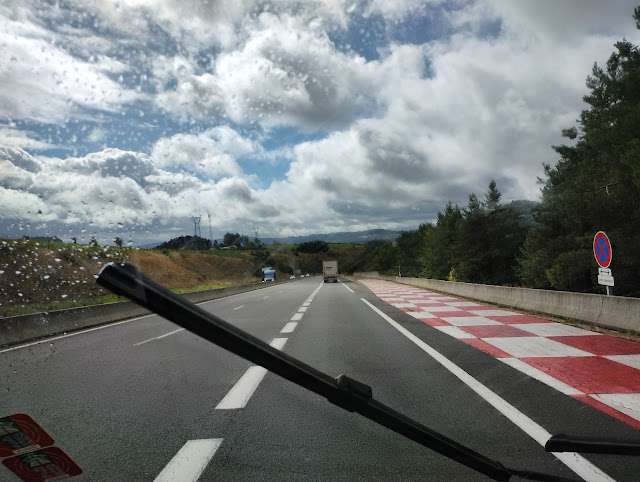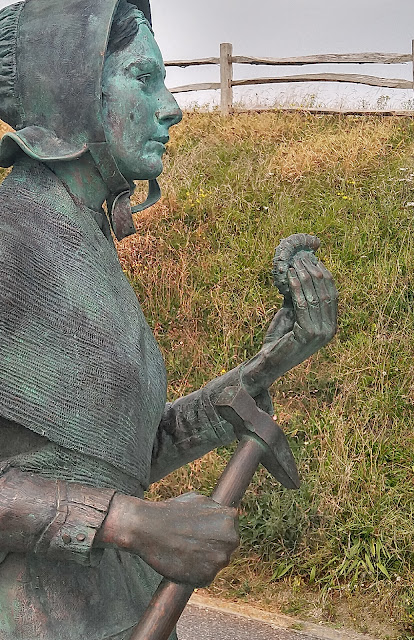In recent years I have given up on reading novels, preferring non-fiction. Perhaps the older you get the more you sense the veracity of the adage about truth being stranger than fiction . Also the subjects that interest me have changed as I've aged, leaning towards more scientific, evidence based books rather than those exploring ideas and theories or telling stories. It's great when you discover authors that challenge your perception of things or open your eyes to a whole new field of knowledge.
So, my past few months' big finds: Thomas Halliday's 'Otherlands, A World in the Making' - this is an astonishing book which picks key moments from the geological past, then honing in on a particular location explores how the flora, fauna and climatic conditions interacted to create the ecologies of earth's ancient past. The author combines a grasp of how past ecosystems functioned with a vivid, poetic style of writing - it's an inspirational book.
Prof. Alice Roberts! Someone else who has cheered me up this year. I first encountered her as the pink haired presenter of the BBC archeology programme 'Digging for Britain'.
She comes over as knowledgeable and enthusiastic with an engaging TV persona. Read her books and you realise this is merely a sideline. Dr. Roberts describes herself as an anthropologist, but that is not how she started out. She's a proper doctor specialising forensic medicine. This gives her specialist expertise in the archeology of ancient human remains. Furthermore, she's a talented artist too. A uniquely gifted individual.
.
I read two of her books earlier this year, one traces the history of The Celts, the other 'The Incredible Human Journey ' explores how our species evolved in Africa's Rift Valley around a quarter of a million years ago, then gradually spread across the globe over the past 100,000 years. What is great about Alice Roberts' books is she has a knack of being able to present complex scientific debate as an engaging narrative. She invites the reader to join her on an exciting factual quest.
Earlier the summer I read two books from the 1990s by Carl Sagan. He too was adept at writing about science in a way which is engaging and accessible to non-specialists.
The first, 'Pale Blue Dot' considers how the exploration of space has changed our perception of Earth. The latter part of it is quite futuristic, a tad 'to boldly go', nevertheless it's thought provoking and hopeful, which at the moment seems like a commodity in short supply.
The second book, 'The Demon-Haunted World: Science a Candle in the Dark' is more polemical, an impassioned plea for people to take a more evidence based, scientific approach to solving the problems that face humanity. It's not exactly anti- religious, though Sagan was an avowed atheist. His point is simple, we can put our faith in whatever we want, but only science can help us understand and provide solutions to the environmental, climatic and demographic challenges which face us, and the more people who understand the evidence based, empirical method that underpins scientific enquiry the more likely we are to succeed. Moreover, developing a healthy skepticism protects us from being duped by political schysters pedalling their particular brand of mythic 'sunny upland', or the self serving ministrations of priests for that matter.
I think Carl Sagan would have approved of the The Eden Project. However I know for a fact that Alice Roberts loves where we are right now - Lyme Regis. Last year the local council finally acknowledged their most 'illustrious son' was actually 'a daughter'.
For such a small place quite a few famous people have been associated with Lyme Regis, Joseph Lister, the pioneering surgeon, the novelists Jane Austen and John Fowles, the pioneering geologist, Sir William Buckland. The only one, until recently, memorialised in bronze is the Elizabethan privateer and adventurer, Sir George Somers. We passed his statue in the small park next to Marine Drive as we made our way from the bus stop on the main street to the seafront promenade.
However, in 2022 a statue of Mary Anning was erected overlooking the cliffs of the 'Jurassic Coast' which stretch eastwards towards Golden Cap, the highest point on the south coast of England. The area has been dubbed the 'Jurassic Coast' because during the early decades of the nineteenth century a series of spectacular fossil finds in the area helped pioneering paleontologists nail down the chronology of earth's geological past. Thinkers like Sir William Buckland are rightly celebrated for their groundbreaking work that paved the way for a later generation of scientists, such as Charles Darwin They ushered in our modern understanding of Earth's formation based on observation and analysis rather than faith.
However, these achievements are predicated on having the evidence to look at in the first place. The fossil finders of Lyme Regis are key players in this story. The greatest of them was Mary Anning, her achievements made all the more remarkable given she was born in 1799, the daughter of a carpenter. She was taught to read and write at the Congregationalist sunday school she attended but had no other formal education. Mary didn't just find fossils, but had a grasp of the current scientific debates about them though reading and correspondence with the leading paleontologists of the day. She is a heroic figure, herstory incarnate.
It's quite outrageous that it took until 2022 for a statue of Mary Anning to be erected in the town. Thankfully, the sculptor Denise Dutton has captured Mary's indomitable spirit. She is represented striding forward confidently, a geologist's hammer in her left hand, an amonite in the other, accompanied by her faithful canine companion, Tray.
The website 'Love Lyme' explains how it was local activism helped fund the statue:
"A monument worthy of this monumental woman was revealed on Saturday 21 May 2022 by Professor Alice Roberts.
The installation of the statue marked the culmination of a four year campaign by the Mary Anning Rocks group which was started by schoolgirl Evie Swire, then aged 11 and her mother, Anya Pearson.
Schoolgirl Evie and her mum Anya started the campaign to install a long overdue statue in Mary’s hometown back in 2018. Evie regularly goes fossil hunting in the same spots that Mary Anning uncovered her most prestigious finds and was bemused why a permanent memorial to her hero did not exist.
Campaign group Mary Anning Rocks was formed, raising more than £100,000 for a bronze statue which was created by Stoke-on-Trent-based sculptor Denise Dutton.The campaign for a statue had the backing of by Prof Alice Roberts, who appeared in a promotional video commenting "I think it's so important that we recognise people like Mary Anning and celebrate them, it's about restoring her to her rightful place in the history of science.
"It's about making sure that anyone who visits Lyme Regis knows that this really important woman was there doing that work in the early days of palaeontology"
It's fitting that Alice Roberts unveiled the statue. She exudes the same adventurous, pioneering spirit and judging by her television programmes is a scientist who is happier wearing walking boots than donning a lab coat.
There are some unforgettable moments from the 'Incredible Human Story' TV series that accompanies her book - a scene where she shadows two bushman hunters matching their speed and stamina as they jog for hours across Namibian savannah with temperatures in the mid thirties, explaining as she goes along how human's lack of body hair and their ability to sweat had given them an advantage when chasing down their furrier prey, which suffered heat exhaustion in the hot afternoon sun. Or in another episode when she survived the profound cold of an arctic night sitting on the back of a Siberian reindeer herders sledge as they zipped over the frozen tundra, towed by a snowmobile. The tribe's winter clothing is entirely fashioned from reindeer hide, sewn together using a tough thread spun from the animal's sinews. It proved more insulating than Alice's hi-tec, very expensive looking padded jacket. Human ingenuity has enabled us to adapt to widely different climates, our prehistoric forbears able to thrive in both the searing heat of the Sahara or the bitter cold of the Arctic.
We have faced 'climate emergencies' before and come through, which gives me hope that we can adapt again and survive the current one, but only if we do as Greta says, 'and listen to the scientists'.
We only took a brief trip into Lyme Regis, a couple of hours, just enough time to find the Mary Anning statue and visit the town museum nearby. After yesterday's debacle at the Eden Centre I'm taking it easy. No rushing about.
The museum does a good job of telling the story of how the fossils found hereabouts played an important role in our understanding of 'Creation', replacing the mythical with the factual.
On the bus back to the campsite I found myself musing about the work of Enlightenment era geologists whose observations began to undermine the prevailing belief in the literal truth of the Biblical account of Creation. By the latter decades of the eighteenth century the Scottish naturalist, James Hutton had worked out that Earth was millions of years old and the rocks themselves were subject to change through erosion and vulcanism. It became clear that the account in Genesis was mythological. It was a 'Trojan horse' moment, if the first book wasn't actually true then what about the rest of them?
For some reason the hymn 'Rock of Ages' occurred to me. So I googled it. It was written in 1775 by a radical Anglican clergyman with the unlikely name of Augustus Toplady. He had a moment of divine inspiration while sheltering from a storm in cleft of rock in Cheddar gorge. The experience formed the basis of his famous hymn which uses the image of the sheltering rock as a metaphor for immutability of divine love.
Rock of Ages, cleft for me,
let me hide myself in thee;
let the water and the blood,
from thy wounded side which flowed,
be of sin the double cure;
save from wrath and make me pure.
It's a well loved hymn and rather beautifully written. I can appreciate the artfulness of its extended metaphor. The final verse goes like this:
While I draw this fleeting breath,
when mine eyes shall close in death,
when I soar to worlds unknown,
see thee on thy judgment throne,
Rock of Ages, cleft for me,
let me hide myself in thee.
It's a remarkable assertion of faith but completely beyond my ken. There is no evidence whatsoever that God sits on a judgement throne in 'worlds unknown'. It's amazes me how anyone can believe any of this can be true, but there are billions of people of faith in the world who do believe in some afterlife or other. My heroes are the people like Mary Anning and James Hutton, Carl Sagan and Alice Roberts who explore what is palpable. There is as much solace to be found in doubt as there is in faith. In the end, even though my first degree is in the History of Art, these days I would rather appreciate a rock face than a cathedral facade.












